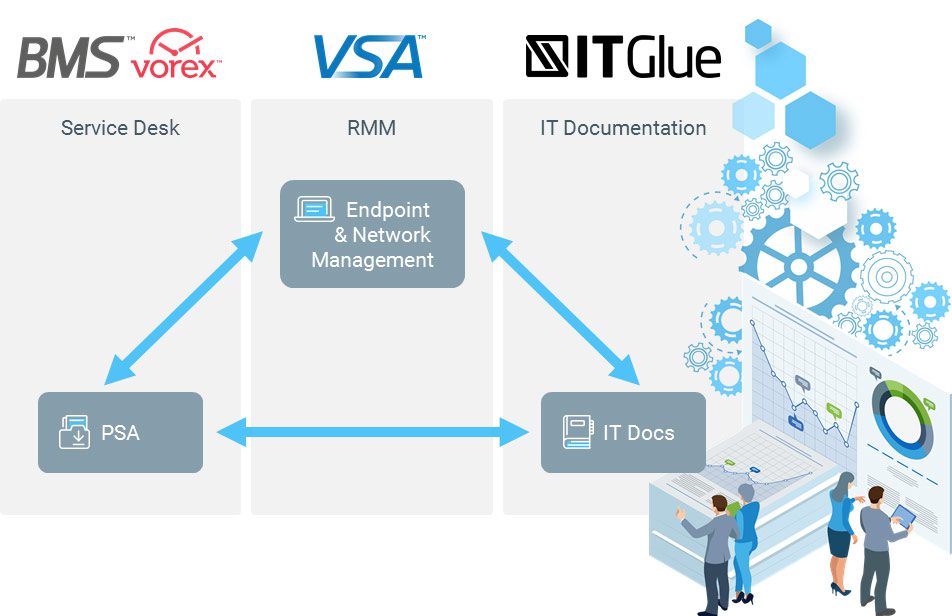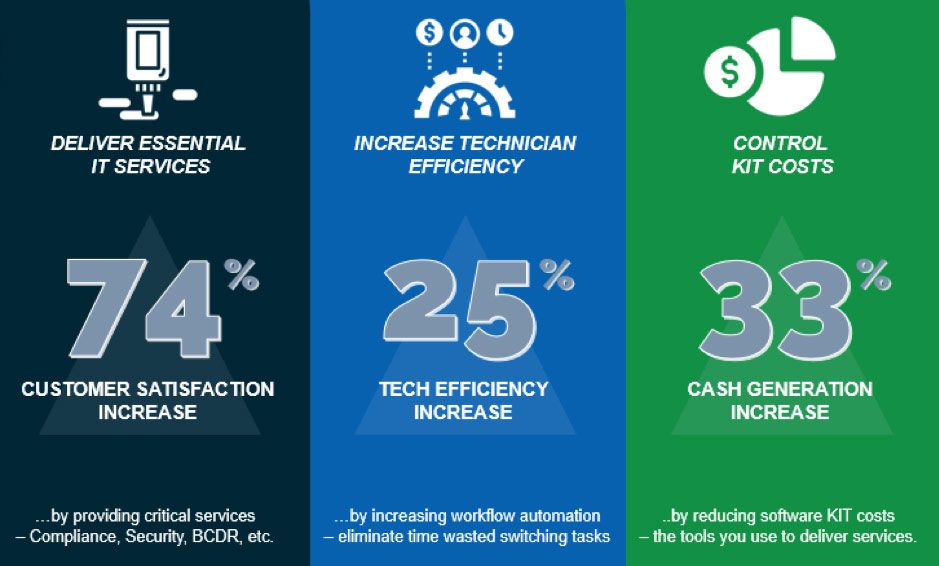The current global economic crisis has fundamentally changed the way many businesses operate. Given the fact that it will probably be a while before the dust settles, businesses will have to find new ways to operate on more restrictive budgets to not only keep the lights on but also drive sustainable growth and profitability.
A major expense that most modern businesses incur is IT infrastructure costs. In fact, based on data in the Spiceworks 2020 State of IT report, hardware and software infrastructure costs are typically about 29% of the IT budget. And, according to Deloitte Insights, on average, IT budgets are about 3.3% of revenue. There are several potential ways to optimize your IT infrastructure costs and keep your business moving forward in these turbulent times.
Switch to Serverless Computing
While businesses the world over have been making a definitive shift to cloud services, the pandemic has further fueled the transition to the cloud. Serverless computing is a more recent development that offers an array of potential benefits ranging from cost savings and easier scalability, to faster deployment of new applications. With serverless computing, you ‘pay as you use’ for backend services. This can be less costly than traditional ‘server-full’ cloud services where you typically have to pay for a certain amount of capacity, even if it is not used.
Move from VMs to Containerization
Containers offer huge cost-saving potential for businesses looking for new ways of cutting back on their infrastructure expenses. Containerization reduces infrastructure costs because containers are more lightweight compared to virtual machines (VMs). Since you don’t need to have multiple OS images—one for each application on the server—more applications can run on the same hardware. This could reduce the number of hosts needed to deploy your applications.
In addition, containerization also promotes better coordination between the engineering and development teams, facilitates faster CI/CD pipelines and involves low maintenance costs. Container orchestration and containerized applications not only promote cost savings but also allow your developers to utilize their time and resources more productively. You can not only maximize your hardware utilization with the help of containers but also get the opportunity to run your applications on cheaper devices. For example, you can link together powerful PCs that will perform as well as more expensive mid-range servers when you are using containers.
Leverage Other Cloud Services, Such as DRaaS
In many cases, leveraging a cloud service can prove to be an excellent way to cut back on IT infrastructure costs. You can outsource the infrastructure components on a pay-per-use model and gain access to various advanced services and technologies. For example, DRaaS (Disaster Recover as-a-Service) is an advanced IT solution that can be accessed at a reasonable price. You can get the backup protection you need, with pricing based on the recovery time you want. The DRaaS provider should provide automated testing of recoveries on a weekly or monthly basis.
Consolidate IT Management Tools
Another portion of your operational costs involves the licensing and/or maintenance fees for your IT management tools. You can optimize these costs by eliminating the fees for IT management tools you no longer need once you have a core IT management platform in place.
The essential tools you need include Endpoint Management (RMM), Service Desk (or PSA in the case of MSPs), and Knowledge and Configuration Management (IT Documentation).

An IT management platform that offers seamless workflows across this core set of applications can be extremely helpful in boosting your IT efficiency and reducing costs that are otherwise spent on multiple, disparate tools. Workflow integrations mean that you can easily access other functions from the tool you are already working in. For example, access the remote endpoint management function from your IT documentation solution. Another example is the ability to run automation scripts from the service desk solution to automatically remediate IT incidents and close tickets faster.
We estimate that you can improve IT technician efficiency by 25 percent by using “workflow integrated” tools and IT automation.

You can also save money by eliminating redundant and overlapping tools. For example, having separate remote management and patch management tools or separate endpoint management and network management tools shouldn’t be necessary.
Consolidating multiple IT solutions into a core, streamlined platform helps businesses save a lot in terms of both time and money. Workflow integration helps eliminate the time wasted looking up information, retrieving passwords and switching between applications. Having a consolidated IT management platform enables your technicians to be more productive, which should also reduce operational costs.
Reducing your IT infrastructure costs is an excellent strategy for optimizing your overall business expenditures and maintaining profitability in a slow economy.
To learn more about strategic ways to reduce IT costs, please read our eBook: Strategic Ways to Boost IT Operational Efficiency & Cut Costs.





